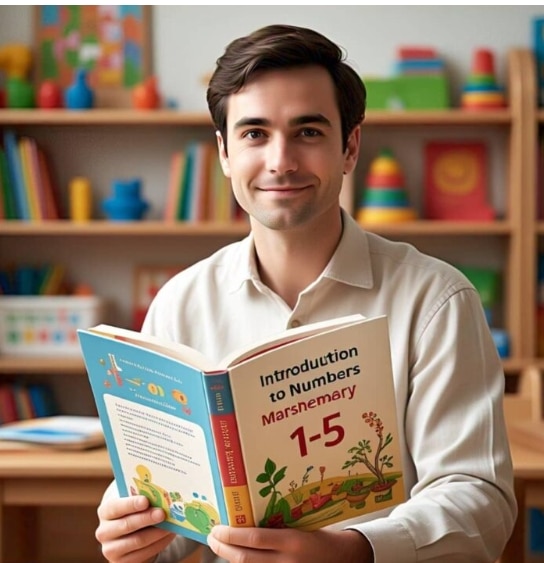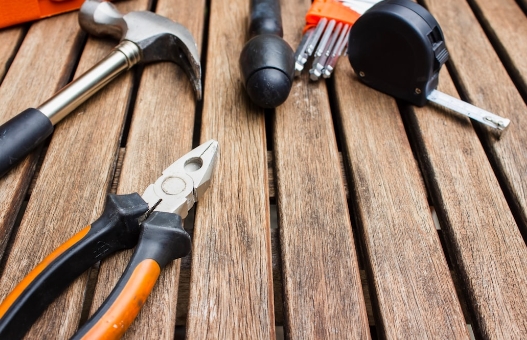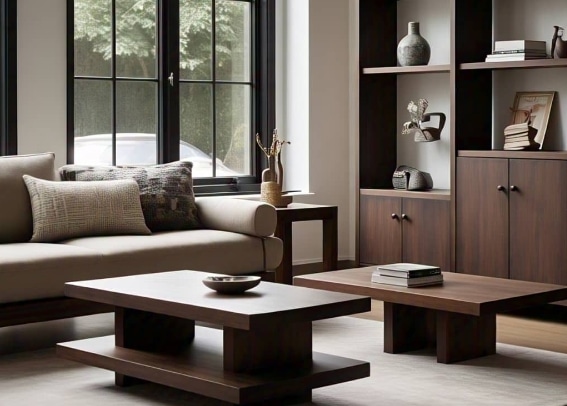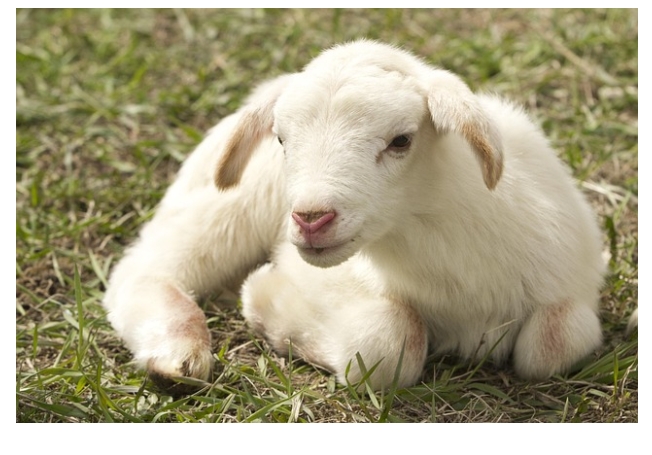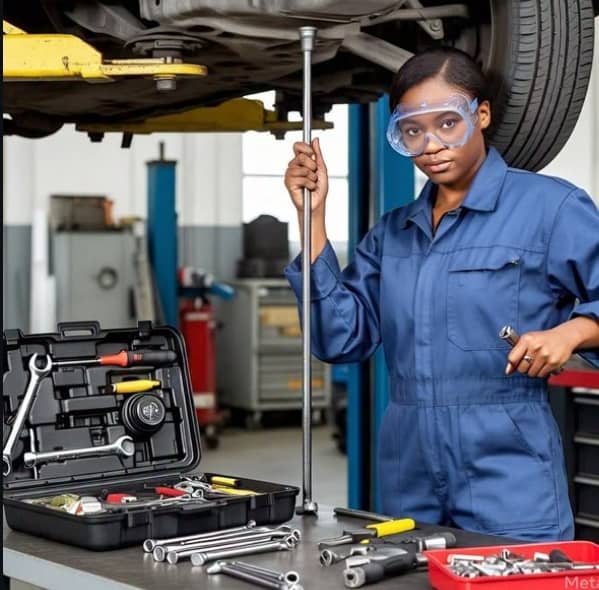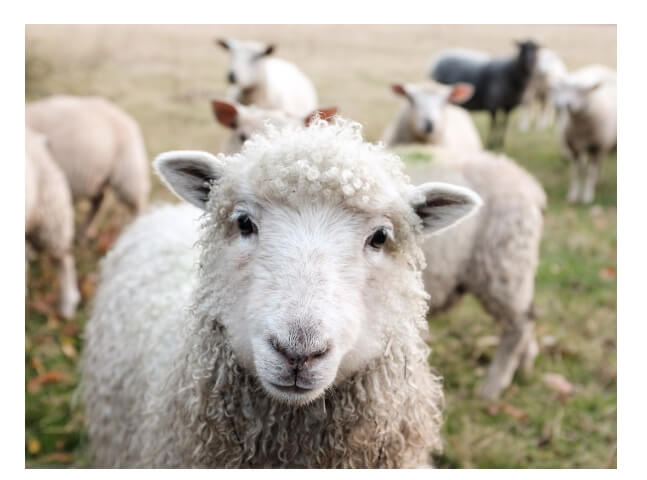VOCATIONAL APTITUDE – PRIMARY 1 FIRST TERM EXAMINATION
WEEK 12
TOPICS COVERED:
-
Importance of Music
-
Electrical Home Appliances
-
Maintenance of Appliances
-
Home Economics
-
Kitchen Utensils
-
Home Furniture
PART A: 30 Objective Questions (Fill-in-the-Blank with Options)
Instructions: Choose the correct answer from the options a, b, c, or d.
-
______ helps us enjoy sounds and makes us happy.
a) Water b) Music c) Light d) Food -
We can sing and ______ when we hear music.
a) eat b) dance c) sleep d) jump -
______ helps us cook food quickly at home.
a) Radio b) Blender c) Stove d) Fridge -
The ______ is used for cooling drinks and food.
a) Fryer b) Microwave c) Fridge d) Knife -
We must not touch electrical appliances with ______ hands.
a) red b) dirty c) clean d) wet -
______ is used for frying food.
a) Plate b) Spoon c) Frying pan d) Cup -
We keep our clothes inside a ______.
a) bed b) wardrobe c) table d) plate -
Music makes us feel ______.
a) angry b) sad c) happy d) tired -
The ______ helps us press clothes to look neat.
a) radio b) iron c) knife d) bucket -
The room where we cook food is called the ______.
a) bedroom b) bathroom c) kitchen d) living room -
A ______ is used to eat rice.
a) spoon b) knife c) plate d) bucket -
We clean the ______ to remove dust and dirt.
a) fan b) wire c) clothes d) water -
The ______ is where we sit and rest at home.
a) stool b) chair c) bench d) drawer -
A ______ helps us mix or grind things.
a) fan b) blender c) pot d) table -
The ______ is used for sleeping.
a) table b) bed c) couch d) cupboard -
A ______ is used to cut things in the kitchen.
a) fork b) spoon c) knife d) pan -
Do not touch hot appliances to avoid ______.
a) playing b) burns c) singing d) sleeping -
Music is used in ______ and celebrations.
a) cooking b) cleaning c) parties d) walking -
______ helps us open cans.
a) Spoon b) Cup c) Can opener d) Plate -
A ______ is used to carry food.
a) knife b) plate c) bucket d) fridge -
A cupboard is used for keeping ______.
a) shoes b) food c) clothes d) books -
______ is a sound we enjoy with our ears.
a) Noise b) Music c) Fire d) Rain -
When cleaning appliances, always unplug them for ______.
a) cooking b) safety c) play d) decoration -
Kitchen utensils help us prepare and serve ______.
a) toys b) clothes c) food d) water -
Do not pour ______ on electrical items.
a) soap b) water c) oil d) powder -
The ______ helps us serve food at the dining room.
a) bed b) tray c) chair d) fridge -
The ______ is where we put food while eating.
a) plate b) cup c) napkin d) iron -
______ helps make the home beautiful and neat.
a) Music b) Home Economics c) Dirtying d) Noise -
We listen to music through the ______.
a) fan b) speaker c) bucket d) knife -
Home furniture helps us feel ______ at home.
a) bored b) angry c) comfortable d) sick
PART B: Theory Questions (Evaluation Section)
Instructions: Answer all questions in simple sentences.
-
What is music?
-
Mention two electrical appliances used at home.
-
Give one reason why we should not touch appliances with wet hands.
-
Mention three things you use in the kitchen.
-
What is Home Economics?
-
List two home furniture found in your living room.
-
What do you use a knife for in the kitchen?
-
How can we care for our electrical appliances?
-
Why is music important at parties?
-
Mention three good habits when using kitchen utensils.





